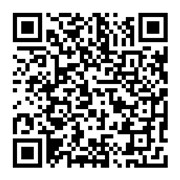英语八大时态全掌握,一般过去时结构轻松学!
好的,我们来轻松学习一下英语中非常重要的一个时态——一般过去时。
一般过去时是英语八大时态的基础,主要用来描述在过去某个特定时间发生的动作或存在的状态,并且这个动作已经完成。掌握它的结构非常关键。
一般过去时的基本结构其实很简单,主要有两种形式:
1. be动词的过去式 + 主语:这种结构通常用来描述过去的状态。例如:
He was happy yesterday. (他昨天很高兴。)
They were students last year. (他们去年是学生。)
The cat was sleeping on the sofa. (那只猫当时正躺在沙发上。)
2. 动词的过去式 + 主语:这是最常见的形式,用来描述过去发生的具体动作。例如:
I went to the park yesterday. (我昨天去了公园。)
She cooked dinner last night. (她昨晚做了晚饭。)
We played football in the park. (我们当时在公园踢足球。)
掌握一般过去时的关键在于记住常用动词的过去式形式。有些动词过去式变化比较规则(如规则动词,加 -ed,例如 walk-walked, play-played),有些则是不规则变化,需要特别记忆(如 go-went, see-saw, eat-ate)。同时,要注意主语的人称和数,动词形式要相应变化(如 I was/went, he/she/it was/went, we/they were/went)。
通过理解其意义和掌握其基本结构,你会发现一般过去时并不是很难学习!多加练习,形成习惯,就能轻松运用了。


